INSIGHT ARTICLE
Impact Story – North East and North Cumbria NHS ICS
By Elizabeth Evans, Consultant Commutologist at Mobilityways
NHS England’s goal is to be the world’s first net-zero national health service. To achieve this in line with the ‘NHS Carbon Footprint Plus’ strategy, Scope 3 emissions need to be measured, reported and reduced to net zero by 2045. The North East and North Cumbria NHS Integrated Care System (ICS) partnered with Mobilityways to unite 10 NHS trusts, consisting of 70,500 employees, to deliver travel surveys to each trust and compare the data sets, highlighting key areas for improvement.
Aside from carbon reduction, a key focus for the ICS project is to produce a templated framework and approach to improving air quality. Under the standard NHS contract, trusts are required to improve local air quality with activities, which include the need to “develop and operate expense policies for Staff which promote sustainable travel choices”. The purpose of the Travel Survey programme was to collect information on how employees were travelling to and from work, how frequently they travelled and how far they travelled, thereby enabling an Average Commuter Emissions Level (ACEL) to be calculated and later used as a benchmark for reducing annual CO₂e emissions.
This project is the first of its kind, acting as a pioneering guide for other NHS ICS initiatives to measure, reduce and report their Scope 3 emissions, essential for reaching net zero by 2045.

Summary of Key Findings
Overall, the project achieved a best-practice margin of error of 5%, after receiving 5,193 responses.
The ACEL scores between the ten trusts ranged from 553 to 997kg of CO2e per employee.
The average one-way distance employees travelled to work was 10.4 miles.
The average number of days employees travelled to work every week was 4.3.
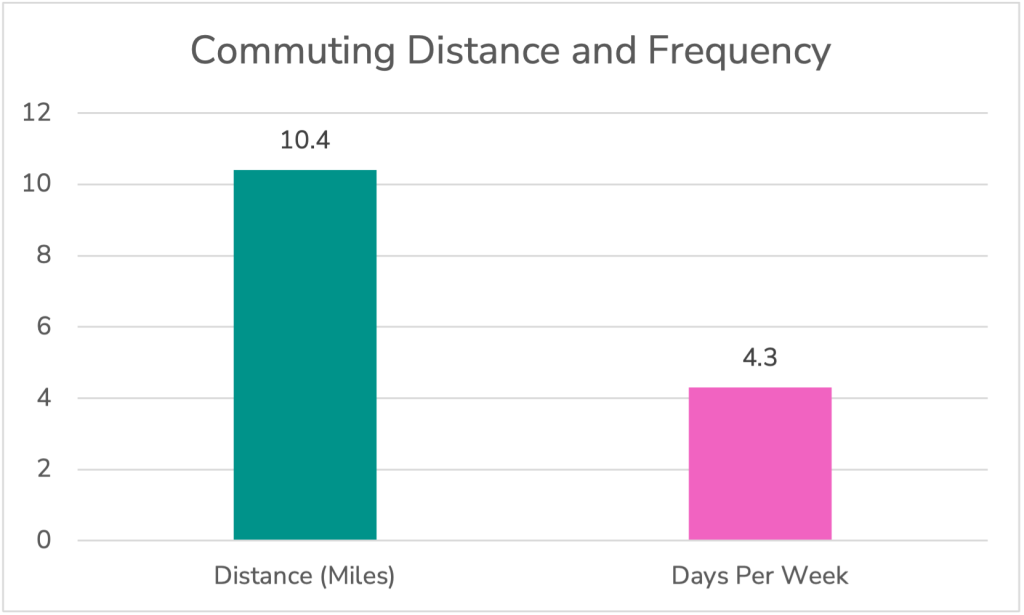
Figure 1: Commuting distance and frequency on average for all ten trusts in the ICS.
The main mode across all ten trusts was Car Alone (ICE), with an average usage of 67%.
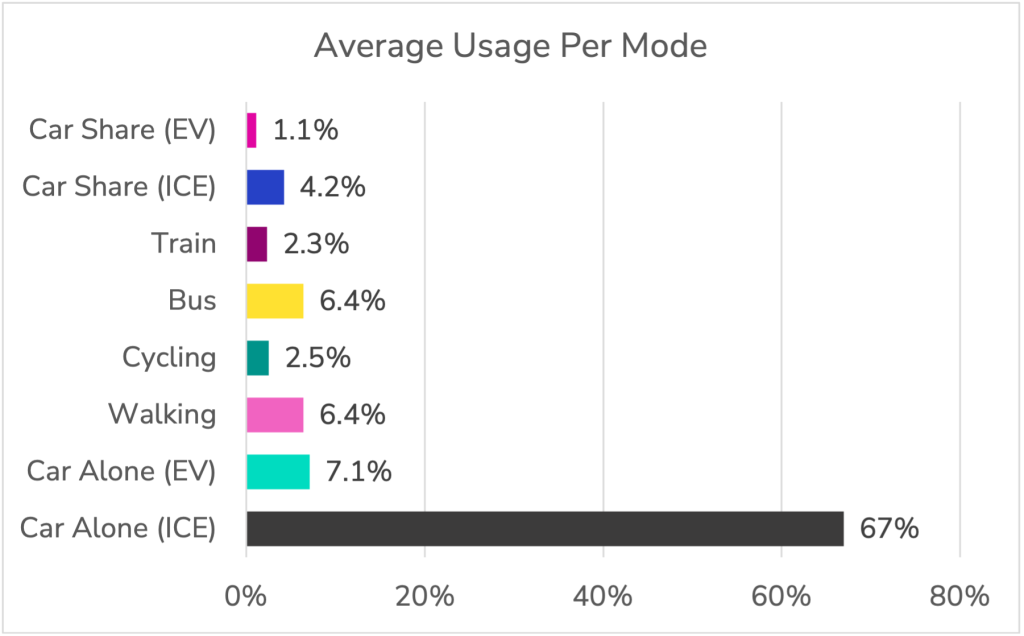
Figure 2: Average usage per mode of transport across the ICS.
The main alternative modes that employees would consider:
1. 14.3% would consider cycling.
2. 13.3% would consider the bus.
3. 11.3% would consider walking.
4. 4.5% would consider the train.
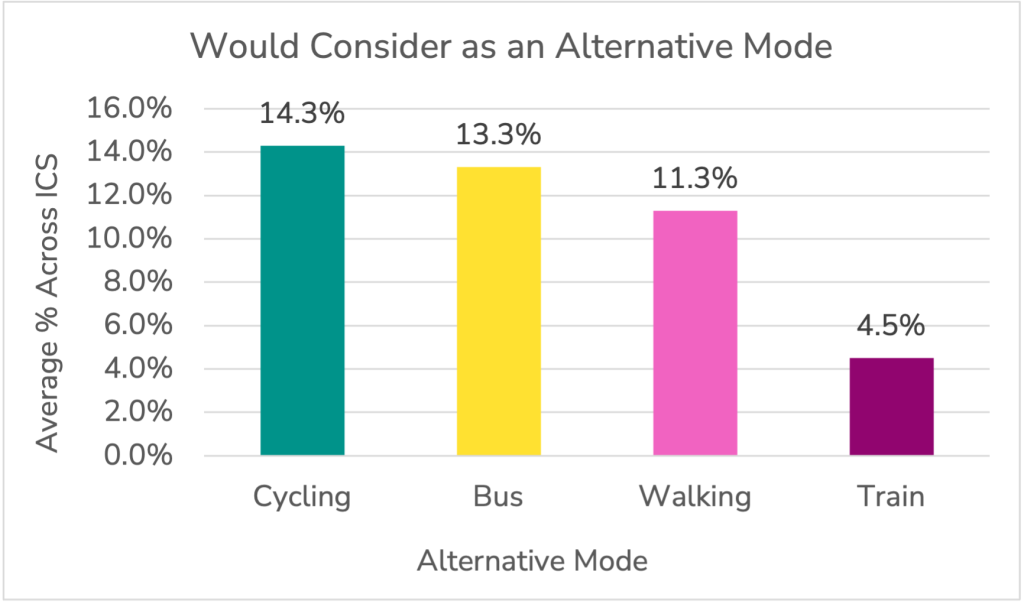
Figure 3: Percentage of employees who would consider cycling, the bus, walking, or the train as an alternative mode of transport.
The top three motivations for modal shift across all ten trusts were:
1. Someone to car share with that shares the route / shift (53%)
2. More frequent and reliable public transport (33%)
3. Safe routes for cycling (20%)

Figure 4: Percentage of employees who would consider changing their mode of travel under certain circumstances.
Data Comparison
Eight trusts had ACEL scores above the UK National Average of 589, but only six trusts were above the North-East regional ACEL of 693, calculated from the latest post-COVID Commuter Census (2022).
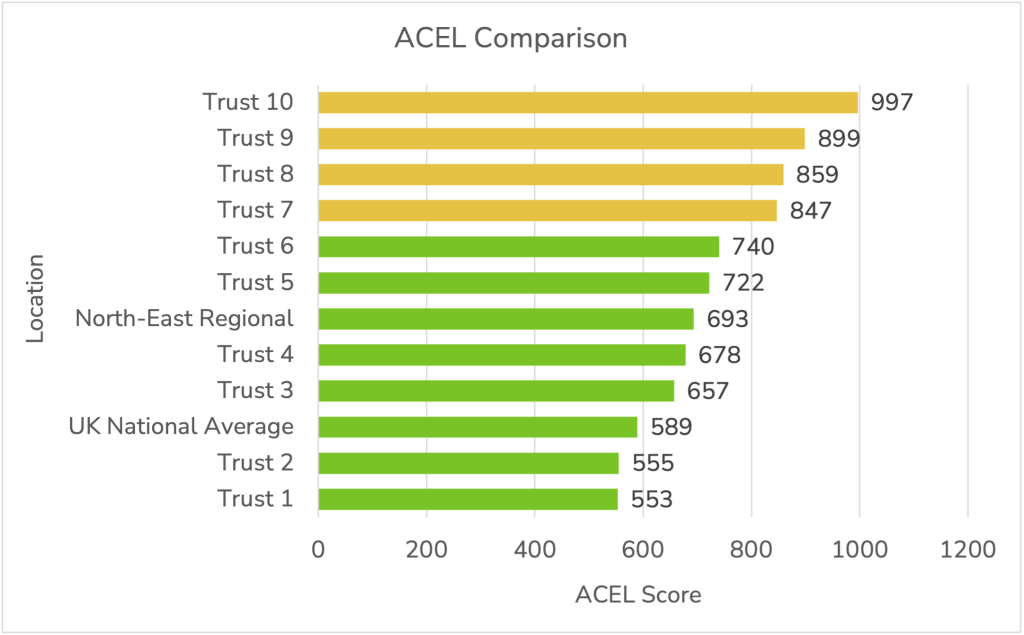
Figure 5: The ACEL comparison between each of the ten trusts’ scores and the UK national average and North East regional average.
The average one-way distance of 10.4 miles was comparable to the UK national average of 10 miles. The 2022 Commuter Census calculated the average distance for employees driving alone (ICE) to site five days per week as 17.5 miles, of which all ten trusts were below, on average.
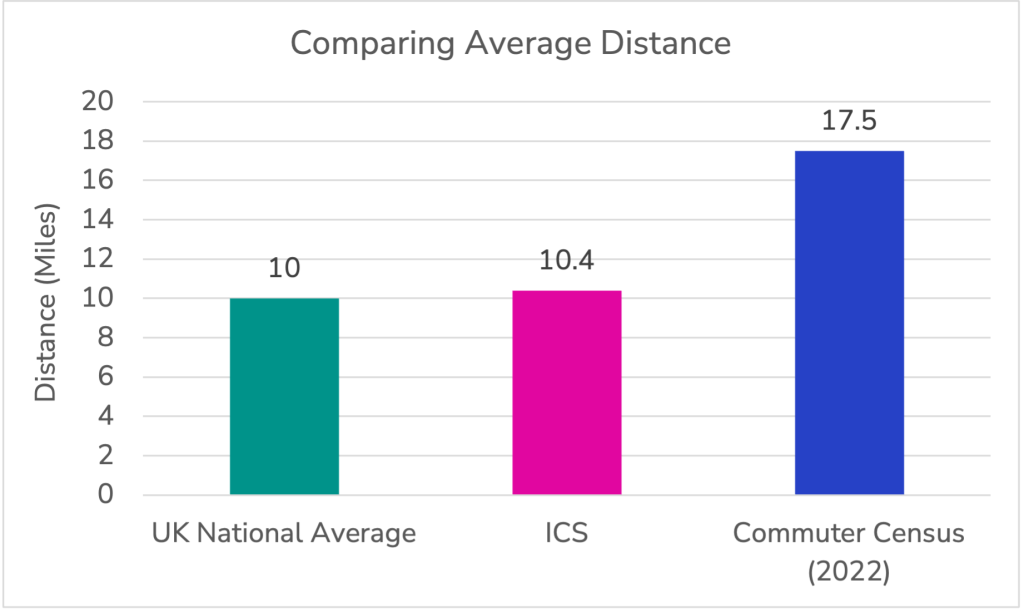
Figure 6: Average commuting distance for the ICS, the UK, and employees driving alone according to the 2022 Commuter Census.
The 4.3 average days travelled to site per week was higher than the UK national average of 3.5, due to the nature of many job roles requiring a physical presence, which contributed to the higher ACEL Scores.
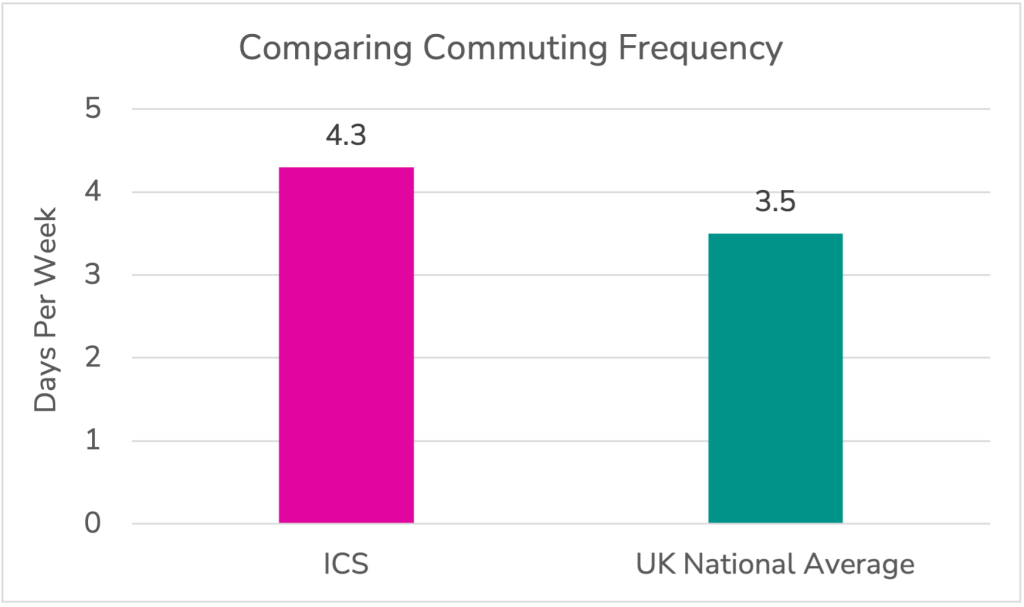
Figure 7: Average days per week commuting in the ICS and the UK overall.
When comparing modal split data against the 2022 Commuter Census, Car Alone (ICE) averaged 46%, compared to the ICS average of 67%. This is again due to the nature of NHS job roles requiring physical presence and unpredictable working hours, meaning most of their journeys are taken by car for convenience – hence why Time Saving was chosen as the main motivation for modal selection across the ICS. Time Saving was also voted as the main motivation for participants of the 2022 Commuter Census, again following Convenience, a generic reference correlating to time saving.
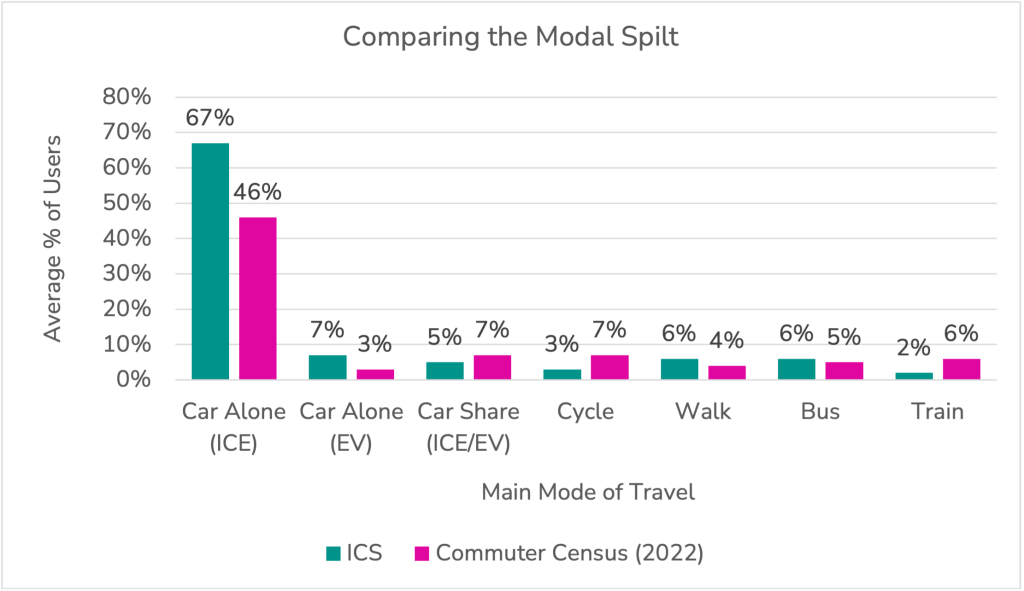
Figure 8: The modal split in the ICS as compared to the respondents to the 2022 Commuter Census
The top three alternative modes remain the same for the ICS as for the wider population but are prioritised differently.
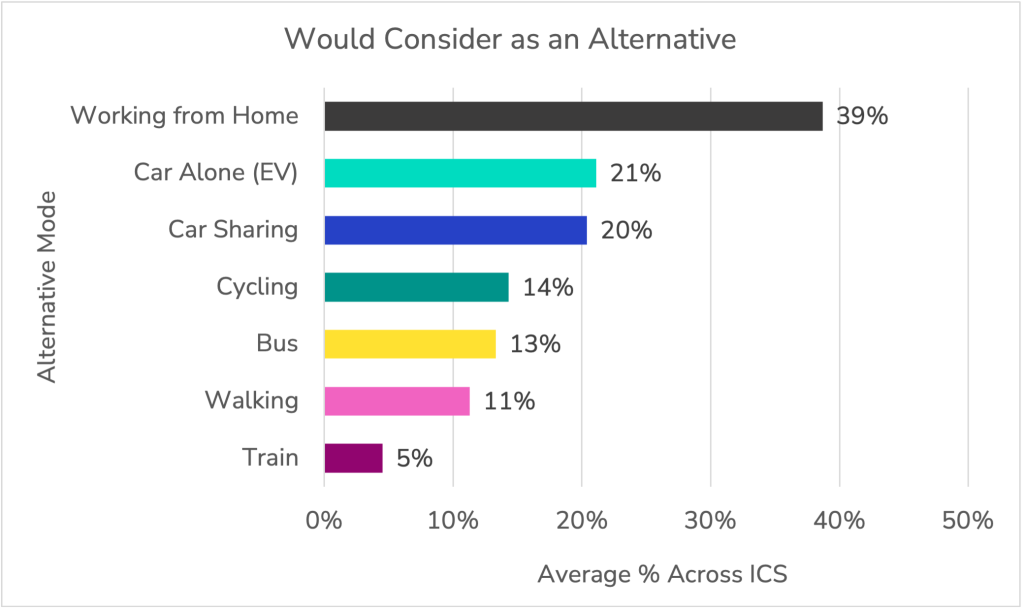
Figure 9: Alternative modes of travel employees at the ICS would consider other than their current mode.

Across the ICS, 39% would consider Working from Home, higher than the 2022 Commuter Census data, in which 27% stated they would consider Working from Home as a main alternative to their current commute. Interestingly, Car Alone (EV) rates similarly across both data sets, with only a 4% disparity, indicating that ICS employees share an opinion towards electric vehicles that can be generalised to the wider population. Comparatively, the expected 11% gap for Car Sharing is due to the unpredictable nature of NHS shift patterns acting as a barrier for some employees.
Opportunities and Next Steps
On average, 66% and 69% of employees across the ICS expressed interest in joining a Liftshare community and receiving a Personal Travel Plan, respectively. The data highlighted not only an opportunity for emissions reductions, but an appetite for it, which the Mobilityways reduction solutions can assist with.
Transitioning a percentage of Car Alone (ICE) users to other modes, including walking, cycling, bus, train and car alone (EV), to match the best practice percentage for each mode, would result in an average SOV (Single Occupancy Vehicle) ICE reduction of 16%. For example, the highest percentage of cyclists was 7% for one trust, which became the best practice, so SOV ICE usage was reduced by the required percentage for each trust to match this, bridging the gap between current emissions and potential emissions reductions, if all trusts followed current best practices for each mode.
The next step would be to progress trusts on to our Zero Carbon Commuting Roadmap, where our Commutologists would calculate an ACEL estimate for each trust, to determine how much this transition would reduce emissions, working with the trusts individually to develop a travel plan that can influence behaviour change.
Currently, Mobilityways is working with the ICS to allocate funding for three trusts, whose data suggested the most significant opportunities for impact reduction. This funding will enable us to begin the Scoping programme, determining to what extent we can change commuting behaviour.
Book your demo of the Mobilityways platform
Start your Zero Carbon Commuting journey with a free consultation with one of our Commutologists
Get in touch now
Tell us a little more about your company, and we’ll call you back.